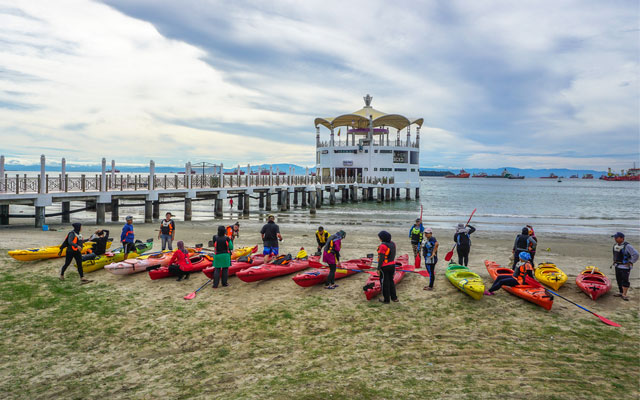Malaysia’s travel trade is seeing growing demand for adventure travel, fuelled by well-travelled Asians looking for deeper experiences, improved air connectivity between cities and secondary destinations, and enhanced infrastructure in rural areas.
Soft adventures are especially in demand among Asian travellers who are willing to pay for authentic experiences, observed delegates who spoke to TTG Asia at the recently concluded PATA Adventure Travel Conference and Mart 2020 in Sabah.

The conference and travel mart, which was organised by the Pacific Asia Travel Association (PATA) and hosted by Tourism Malaysia, with the support of Sabah Tourism and Malaysia Airlines, attracted 347 delegates from 33 destinations.
Langkawi-based Junglewalla Tours founder, Irshad Mobarak, shared that his company saw a rise in the number of Asian guests from Singapore, South Korea, Japan and the domestic Malaysian market over the last five years.
He said: “Most are made up of FITs, nuclear and multi-generational families, and they appreciate an educational element in the programme as they also hope to learn something new.
“They like soft adventures, such as birdwatching, wildlife spotting, kayaking and trekking to a waterfall, and opportunities to visit a local’s house for a home-cooked meal, unlike our European guests from France and Germany who engage us for hardcore adventure activities.”
Irshad said a key difference between Asian guests and the company’s traditional European market is that the former do not haggle over prices. He shared: “Europeans tend to ask for discounts. They want a high-quality experience for a low price.”
Albert Teo, managing director of Sukau Rainforest lodge, which is situated on the banks of the Kinabatangan river in Sabah, has seen a growing number of guests from China (prior to the Covid-19 outbreak) and India, though European markets remain the mainstay of his business. Guests are mainly interested in photography and having a nature-based experience.
As tourists are also becoming increasingly conscious about sustainability issues and climate change, Teo believes that the numerous awards the lodge had won for its sustainable practices and being a charter member of National Geographic Unique Lodges of the World have placed the company one step ahead of the competition.
Teo remarked that travellers like knowing that they are “positively contributing to the surrounding environment” when they use sustainable tourism suppliers.
Sharmini Violet, director of sales & marketing at Mega Water Sports Jetski Tours in Langkawi, said millennials, who form the bulk of her clientele, are more environmentally aware and appreciative of the sustainable practices her company has implemented, such as investing in a fleet of low emission jet skis that reduce sound level, air and water pollution.
Adventure tourism is one of the fastest growing segments of the tourism industry, with a global market value of US$586.3 billion in 2018. The figure is projected to reach US$1.6 trillion in 2026.
It is expected to post a compound annual growth rate of nearly 46 per cent during the period 2018-2022, according to a market research report by Technavio.




















